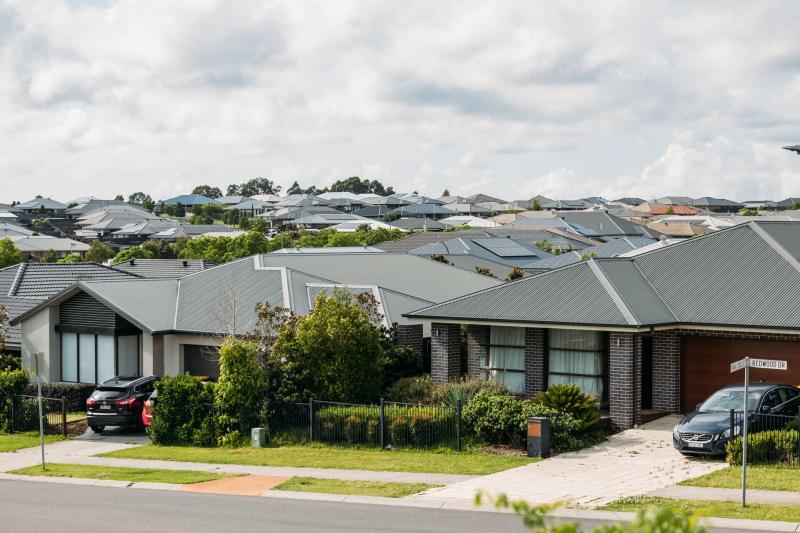
New ‘planning guidebook’ seeks to deliver more diverse housing options
Maitland City Council is seeking community input on a new ‘planning guidebook’ that will steer the strategic placement of more diverse housing developments across the local government area.
Manager Strategic Planning Brett Gardiner says the Maitland Residential Density Guide seeks to address a ‘clear mismatch between demographic trends and the current housing supply pipeline in Maitland’.
‘At present, 87 per cent of current housing stock in Maitland is comprised of single detached dwellings with three or four bedrooms,’ Mr Gardiner said. ‘But 49 per cent of dwellings are occupied by a small household, either a couple or only one person.
‘With Maitland set to continue growing rapidly, we need to allow for a greater diversity of housing stock; more mixed-use developments in targeted, strategic locations, and a wider variety of housing types for homebuyers at different stages of life, such as couples without kids and downsizers. At present, buyers are limited in their options when looking at what to buy in Maitland.
‘This draft guide, which will now be placed on public exhibition until 28 April 2025, seeks to address this. It details and provides examples of the different types of housing that Council will consider when planning for areas like East Maitland, when we consider new developments, and for future infill around our strategic centres and transport links.’
At present, Maitland achieves a greenfield to infill ratio of 90:10; Mr Gardiner said this ratio ‘needed to balance out’, if Maitland was to play a role in meeting the Hunter Regional Plan’s target greenfield to infill ratio of 20:80 by 2041.
Greenfield means new housing development areas that have not been previously developed or used for other urban purposes, whereas infill refers to development in areas already used for urban purposes; specifically, the reuse of a site within the existing urban footprint for new housing.
‘Our centres provide an opportunity to increase density in places with good access to public transport, services and amenities, including Central Maitland, Rutherford and East Maitland. Increased densities will contribute to the revitalisation of centres and increased liveability for our future and existing communities.
‘These densities can be met through a diversity of housing types, including dual occupancies, multi-dwelling houses, townhouses, and apartments in residential flat buildings, organised and clustered to support walking, cycling and public transport in localised neighbourhoods.’
For more information and to have your say, visit mait.city/MRDG.


